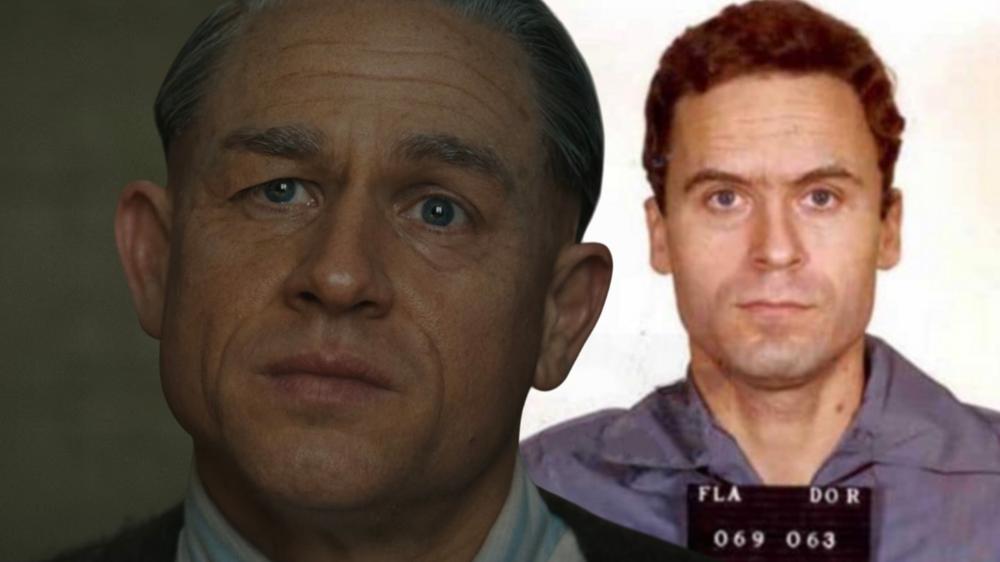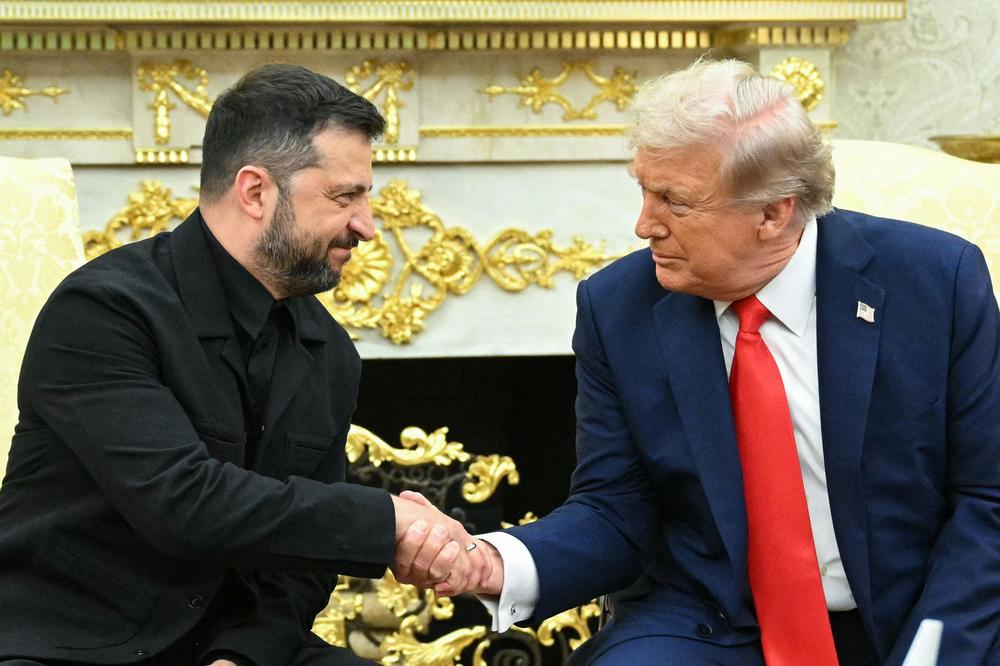Viewers and experts alike have warned viewers of Monster: The Ed Gein Story to take the Netflix show with a pinch of salt, but does this apply to the scenes involving Ted Bundy? There’s more to this unexpected true crime crossover than you might realize.
It wouldn’t be a new season of Monster without some level of controversy. With Dahmer, creators Ryan Murphy and Ian Brennan were accused of glamorizing serial killers, while The Erik and Lyle Menendez Story was slammed for the scenes alluding to incest.
In the case of Ed Gein – the killer who inspired the likes of Norman Bates, Leatherface, and Buffalo Bill – Murphy and Brennan have exaggerated or fabricated elements of the true crime case for dramatic effect, which has rubbed some viewers up the wrong way.
Gein actor Charlie Hunnam has defended the show’s artistic choices, and Monster Season 3 remains a major hit, still topping Netflix’s US charts. But one scene in particular has raised questions: the show’s attempt to link Ed Gein to Ted Bundy.
Did Ed Gein really help police to find Ted Bundy?
Even though Ed Gein would have been alive and institutionalized at the time of Ted Bundy’s crimes and arrests, he did not give any evidence to the FBI to help them catch the serial killer, nor did he communicate with Bundy.
The scene arises in Episode 8, when we get an unexpected Mindhunter crossover through John Douglas (Caleb Ruminer) and Robert Ressler (Sean Carrigan), the real-life FBI agents represented by Holden Ford (Jonathan Groff) and Bill Tench (Holt McCallany) in David Fincher’s series.
They even pay a visit to Jerry Brudos played by Happy Anderson – the same actor who portrayed the killer in Mindhunter. After speaking with him, they visit Gein at the Mendota Mental Health Institute in Madison, Wisconsin.
He tells them about the methods Bundy used to cut off his victims’ heads. In another interview, Gein explains that he received a tip from killer and admirer Richard Speck, who claims they received a letter from Bundy revealing his name and that he drives a Beetle car.
Later, Gein is listening to the radio when a news report comes in revealing that Bundy had been captured… none of this is true.
In reality, Bundy was first arrested in August 1975 in Utah, when a highway patrol officer stopped his Volkswagen Beetle and discovered burglary tools – a key early clue, but not enough for a murder charge at the time.
He was later linked to multiple disappearances and escaped custody twice, before being recaptured in Florida in February 1978 after a traffic stop for a stolen vehicle, which ultimately led to his conviction and subsequent death sentence.
Even though the authorities did attempt to meet with Gein to better understand his mind, reports suggest that his mental state made him unfit to provide actionable information.
Speaking about his meetup with Gein, former FBI profiler John Douglas told Schokkend Nieuws (via The Flashback Files): “I joined the FBI in 1970. My first office was in Detroit, my second in Milwaukee, Wisconsin. And it really wasn’t until I worked in Milwaukee that I heard about the case.
“At the same time that I was an FBI agent I was also in graduate school and I heard about the case there and I wanted to study it. Now, what’s really good about being an FBI agent is that it’s easy to get into prisons to conduct interviews. You don’t even need to explain why you’re there.
“Gein was one of the people I was interested in speaking with. And everybody was very cooperative. They had these crime scene photos that had been sealed in an envelope with wax since the fifties and they opened them up for me.
“I had the opportunity to briefly meet him, but Gein was so psychotic that it really wasn’t much of an interview. Not like the ones I did after with other serial killers. It was really weird: he was working in the leather shop at the prison, this Mendota State Mental Institution.”
Why did Monster Season 3 make this scene up?
The same reason so many other moments in the new true crime series are fictionalized: to showcase the psychological breakdown and delusional thinking of Ed Gein.
As Douglas added, “People like Gein don’t suffer from a split personality, they suffer from a shattered personality. These guys are disorganized, sloppy in their modus operandi. Usually you catch them pretty quickly.
“The reason Gein got away with his crimes was because he lived in Plainville, Wisconsin with a population of about 300 people and very little law enforcement. He was not one of these introspective, intelligent serial killers.”
The Bundy scene is just one of many made-up moments, and the same can be said about Gein’s supposed interactions with actress Christine Jorgensen (Alanna Darby) and Nazi war criminal Ilse Koch (Vicky Krieps).
Although Gein is depicted speaking with the women via ham radio, we later find out that this was all just a figment of his imagination. The confusion viewers have with Bundy is likely due to the Netflix show not explaining it’s untrue down the line.
Another question that has arisen is whether Gein’s only true friend, Adeline Watkins (Suzanna Son), is real. The truth is that while Adeline is based on a real resident of Plainfield, Wisconsin, the real nature of her relationship with Gein is not documented.
Hunnam, Brennan, and Murphy spoke with Netflix’s Tudum to elaborate on this character, with their insights providing clarity on why so many elements of the show blur the line between fiction and reality.
The truth about Adeline Watkins and Gein’s reality
As Brennan explained, “[What] we do know is that she came out at first talking about how they were an item, and they were going to get married. And then she came out like, ‘No, I made that all up.’”
Netflix went on to highlight how the series is “so defined by Ed’s imagination, audiences may wonder if Adeline is a figment of his imagination”, with the creators wondering whether to explain this to audiences in the finale.
“We talked about that a lot,” Brennan added. “To me, she is real.” However, Hunnam’s belief is slightly different.
“My interpretation was that she’s in a large part a fantasy of Ed’s,” he said. “He finds, whether in reality or in his mind, this sort of kindred spirit with Adeline, somebody who can relate and to understand these primal urges and instincts that he has.”
As for the Mindhunter crossover, Brennan continued, “We wanted to underline the last thing tonally that through Silence of the Lambs, he really influenced Mindhunter as well. That would be a fun way to put a cap on it, to use this other filmic vocabulary and then talk about the ways that he was part of those early days of FBI profiling.”
Hunnam also spoke about the significance of Gein’s schizophrenia diagnosis, stating, “He really lived in that world, and the parameters and fantasies of that world were as real to him as anything else. It was just his reality. Those manic episodes were the experience he was having, just like anything else.”

 Zelensky confirms plans to meet Trump in Washington this week
Zelensky confirms plans to meet Trump in Washington this week